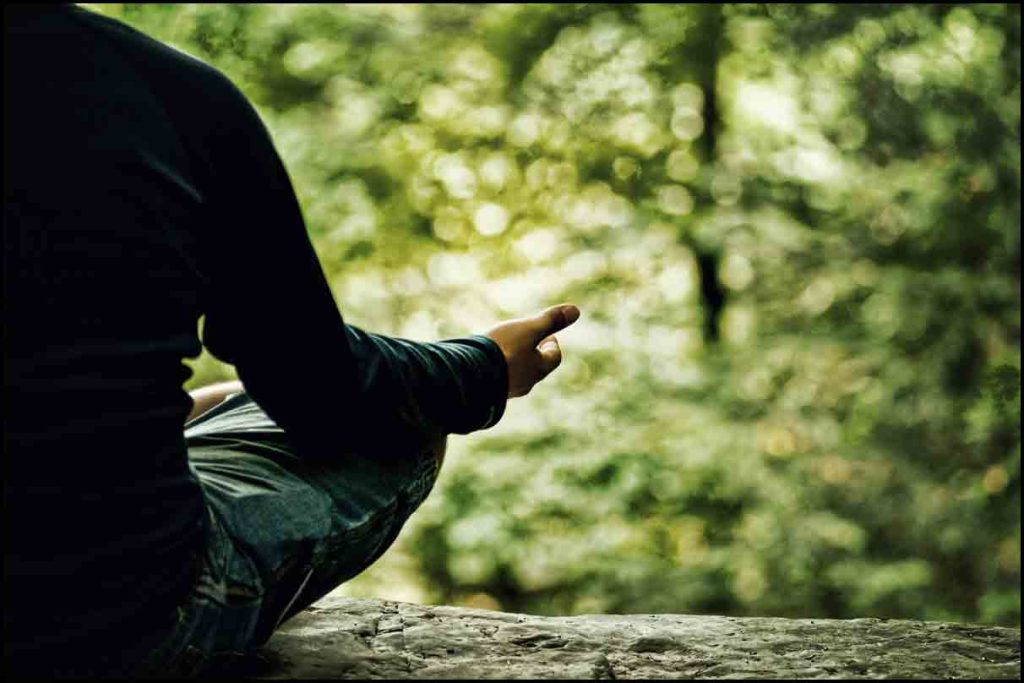Hence I thought the best place to start this Food for Thought from is information relating to the question: What is the best diet for humans? The talk below by Eran Segal gives us insight into how what we eat impacts us. Its key finding is that the results show that it isn't just about the food it is about the person eating it. Some of the data that Eran's team discovered goes against what is traditional nutritional advice. We have talked a great deal about the threat of AI and algorithms but in this talk, you will hear about the power of them to help us as individuals shape our diet so it is right for us. This talk links with personalized learning, because as in education Eran's research shows that there is no perfect diet to suit everyone, our response to the food we eat depends on who we are and our microbiomes.
If we take the information in the talk by Eran Segal it immediately undoes much of the nutritional information that determines how we feed ourselves, our family and students in the school cafeteria. Hence, as personalizing nutrition isn't that easy I just wanted to share some generalized and traditional information that you might find useful when dealing with this topic. The first piece of information comes from the, The Dietary Guidelines that are published every 5 years by the U.S. Departments of Agriculture and Health and Human Services. It is designed for professionals to help all individuals ages 2 years and older consume a healthy diet that meets nutrient needs. The focus of the Dietary Guidelines is on disease prevention and health promotion. Although the Dietary Guidelines are not intended to treat disease, it can be adapted by nutrition and health professionals to describe healthy eating to patients and clients.

Finally, I looked at this site, Health Engine, that provided good nutritional information for school students in Australia. The post that I read ended by saying:
"Habits developed in the formative years of life have a lasting effect on health. As a result parents need to set positive food culture through meal planning, keeping a variety of foods in supply, and setting a good example. The key points to remember as a parent/caretaker include the following:
- Adequate nutrition will help your child develop maximal intelligence (IQ) and well being.
- The child should be guided to make independent food choices and eat a variety of foods.
- Malnutrition and its consequences will be prevented by eating the right kinds and amounts of foods.
- Encourage your child to practice proper hygiene at all times."




